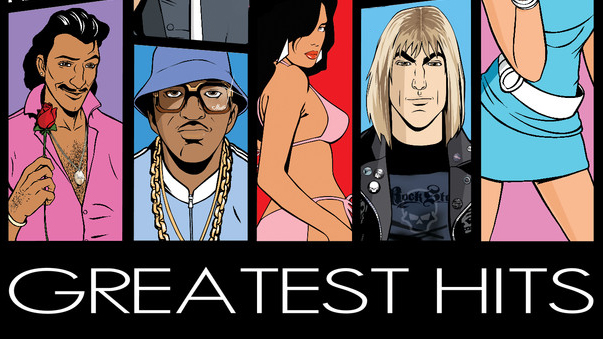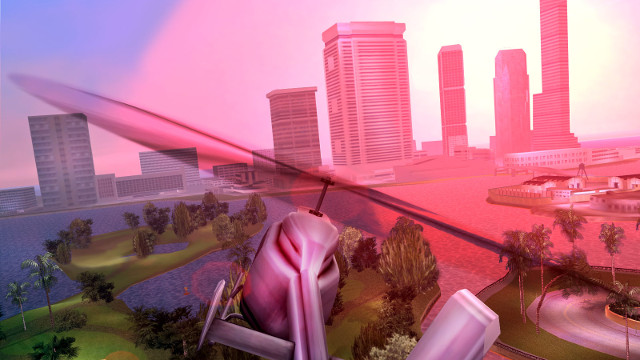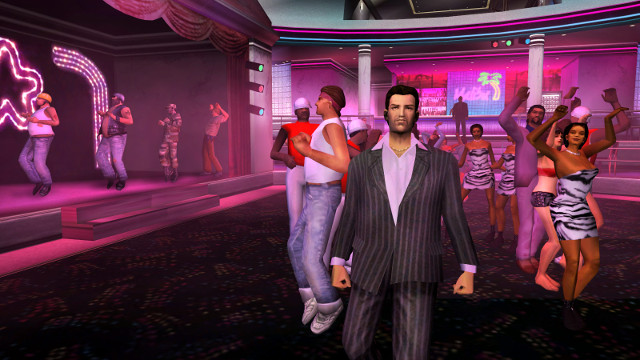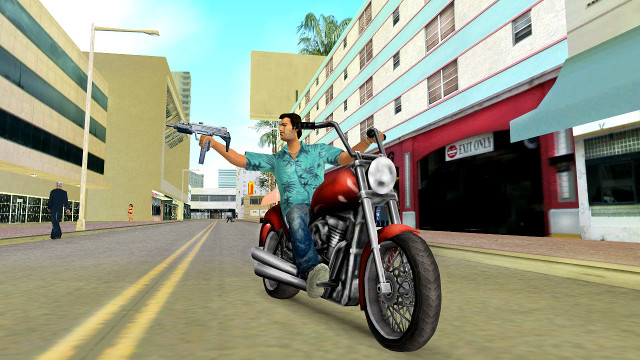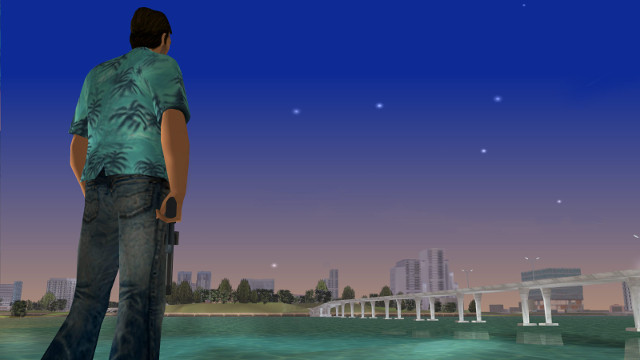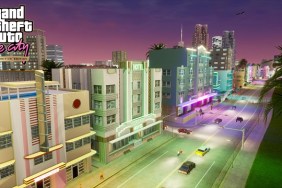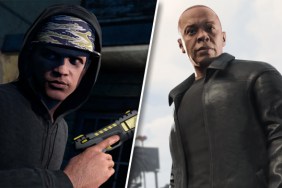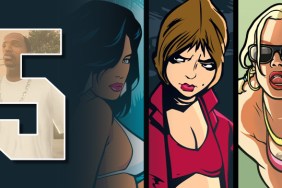In the early 2000s, I played the heck out of Grand Theft Auto 3. I liked the game, but Rockstar Games’ transition from 2D to 3D wasn’t exactly smooth. Years later, Grand Theft Auto: Vice City launched. I bought it as soon as I could and played it with every free waking moment for the better part of two weeks, falling in love with it and the choices made for its incredibly soundtrack that has withstood the test of time.
Grand Theft Auto: Vice City embraced the ’80s
Prior to Grand Theft Auto: Vice City, most of the previous games in the franchise took place in the modern era, with the exceptions being the expandalone mission packs Grand Theft Auto: London 1969 and Grand Theft Auto: London 1961. Vice City broke from tradition and placed players in a time where many of them hadn’t been born yet. Have a gander at this TV commercial from the time of the game’s original release 17 years ago:
ALSO: Control marks over 18 years of Remedy Entertainment reinventing the shooter
The above commercial gives you a great feel for what the game was all about in 30 seconds flat: Miami with the serial numbers filed off, pretty girls, fast cars, and a lot of heavy weaponry. The millions who enjoyed the previous game learned a lot, too — the new pilotable helicopters and drivable motorcycles were a big part of the trailer.
To me, though, the choice of the song for this commercial is what immediately established the style. “I Ran” by A Flock Of Seagulls was the track of choice and it was, in many ways, the perfect tune to use aside from the delightful visual of Tommy Vercetti actually running in tune with the music. That aside, this song encapsulated so much about the musical culture of the time: a snare drum accentuated with reverb, a Moog synthesizer, and a wonderfully disinterested singer belting out the tunes in an almost dispassionate tone. And finally, it was the only Billboard Top 10 track that A Flock Of Seagulls managed to get in America, also highlighting the string of one-hit wonders of the era.
I was sold on Grand Theft Auto: Vice City with this one commercial. When I actually got my hands on the game, I had no idea what I was getting into.
A New Wave of music
Much like its predecessor GTA3, Vice City had multiple radio stations that were each focused on a different style of music. This, of course, necessitated some cuts. Gone were the techno, reggae, and gangster rap stations — they hadn’t really achieved popularity in Miami at the time. Instead, we got a mix of soft rock, heavy metal, early hip hop, and an absolute truckload of New Wave.
I spent the better part of two weeks taking in some of the finest representations of New Wave and Soft Rock. I ran to the musical stylings of A Flock of Seagulls. I killed hundreds of men while bobbing my head to Toto’s “Africa.” If any of the outfits had sunglasses, I’d certainly have had no problem wearing them at night.
These songs that were popular before I was even born helped immerse me into the era more than anything else. This immersion was also helped along by the main character Tommy Vercetti, a man who had been in jail since 1971. He was let loose into the unfamiliar world of Vice City 15 years later, smack dab in the middle of the year I was born: 1986.
This was an alien world to both myself and Tommy Vercetti helped bond me to the character because of how much I could relate to him in that aspect. And I loved every minute of it, even if I didn’t understand everything. Some of the cultural themes and references were lost on me, and I outright didn’t understand some of the lyrics. I’m still waiting to hear what “so in vies” from Wang Chung’s track “Dance Hall Days” means. But it didn’t matter. The soundtrack elegantly evoked the ’80s to me in a succinct way like the aforementioned commercial.
Girls, rock your boys
Grand Theft Auto: Vice City was released when I was in high school, but I wasn’t much of a fan of pop music back then. I mainly was listening to various types of metal or older rock like Nirvana, a band that has embraced the teenage spirit and continues to reverberate even today. I thoroughly enjoyed the pop music of the ’80s found in Vice City, but I really loved the metal.
My dad was the sort who liked classic rock, so metal was a genre of rock music that I had never been exposed to before. Unlike New Wave, Soft Rock, and the like, I was intimately familiar with the heavy bass lines and distorted guitars. It gave me something new and wonderful to experience and enjoy that was right up my alley.
Vice City marked the first time that I had ever heard the likes of Iron Maiden, Anthrax, Quiet Riot, or Judas Priest. I wasn’t enamored with all of them, but I gained an appreciation for the harder rock music of the ’80s that I probably would have grown up loving if I had been the right age. And, of course, the fictional band Love Fist let us see the drug-fueled debauchery of the ’80s metal bands up close and personal in Grand Theft Auto: Vice City.
A bygone era
Anyone familiar with Grand Theft Auto: Vice City will note that I’ve left out some of the biggest artists. I haven’t mentioned Michael Jackson or Ozzy Osbourne or a number of other popular artists because they were still pretty popular in 2002 when this game first game out. Most of the game’s artists, however, had long fallen out of favor. But when combined with timeless hits, the one-hit wonders help realistically fill out the setting and set a more believable tone that covered more bases. Radio stations don’t just play the best of the best that will forever mark their territory on culture. They play the best at the time, which is a combination of bubblegum songs and classics. Vice City struck that balance well in a way that set the tone while also letting people like me discover good old music.
The magic of Grand Theft Auto: Vice City’s music for me was not only in how it beautifully painted the backdrop of the era; it also allowed me to discover something new. I would have never sought these songs out, nor would I have heard them accidentally. If it weren’t for Vice City, I would have probably never been introduced to the likes of Yes, Quiet Riot, Herbie Hancock, The Buggles, or dozens of other artists that don’t quite live on the same way as the bigger artists on that same soundtrack. These musicians also fill out the time period in a way a greatest hits compilation never could. Grand Theft Auto has always been great at going beyond the top 40 charts and Vice City was the most important one to do that for me.
I still listen to many of these songs and bands today and I’m grateful to Grand Theft Auto: Vice City for broadening my music horizons and also using that music to help create an unrivaled atmosphere that felt real. My nostalgia is probably a bit different from other fans, though. People from the era will fondly remember the dance halls and discos of the day when ’80s music comes on but I’ll be fondly looking back at flying a Hunter chopper over the islands of Vice City whenever artists from that era pop up on Spotify.
